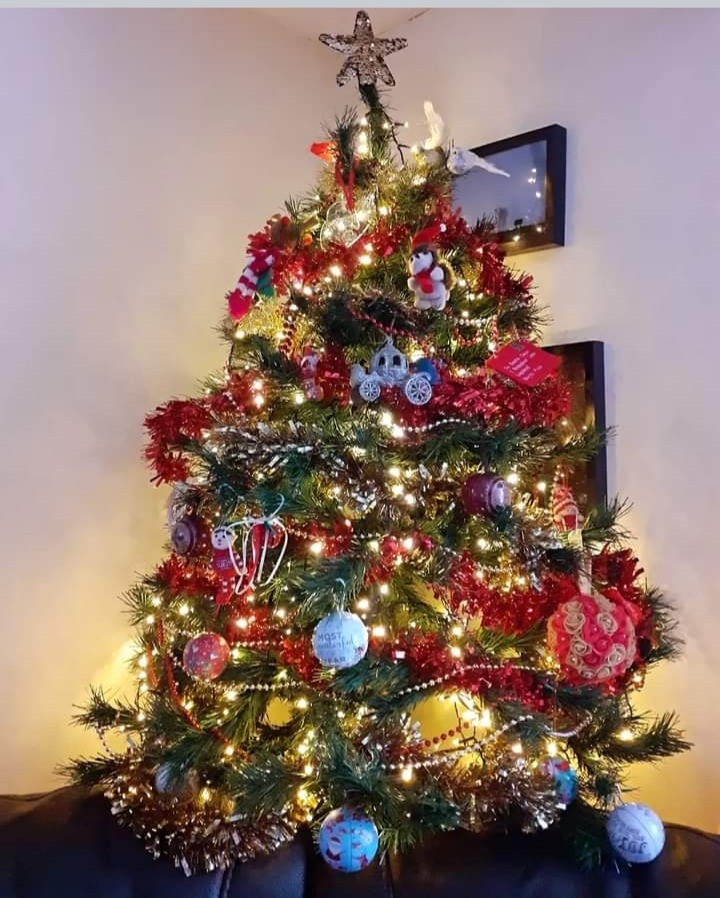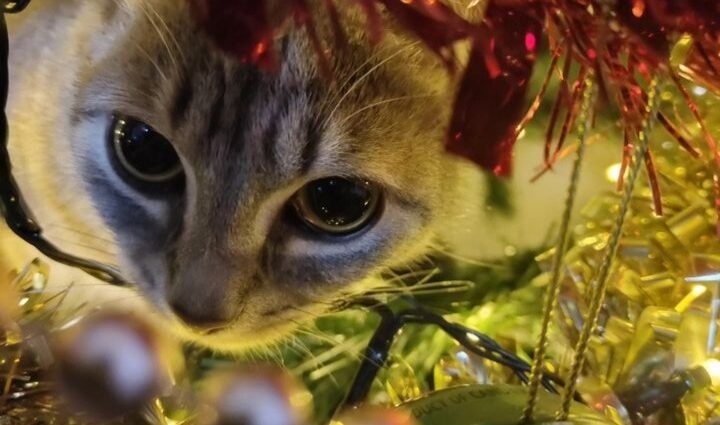Introduction
The modern celebration of Christmas has evolved over centuries and is influenced by a combination of religious, cultural, and historical factors. While the roots of Christmas can be traced back to ancient pagan and religious celebrations, the modern Christmas celebration has been shaped by various traditions and customs. Here is a brief overview of the history of modern Christmas.
Pagan Winter Solstice Celebrations
Many Christmas traditions have their origins in pagan celebrations of the winter solstice. In pre-Christian Europe, people celebrated the return of longer days and the sun’s victory over darkness. Festivals such as Saturnalia in ancient Rome and Yule in Germanic cultures involved feasting, gift-giving, and the decoration of homes with greenery.
Christianization of Winter Festivals
As Christianity spread, the celebration of Christmas became associated with the birth of Jesus Christ. The exact date of Jesus’ birth is not mentioned in the Bible, and December 25 was chosen by the early Christian church to coincide with existing pagan celebrations, possibly to ease the transition from pagan to Christian traditions.
Medieval Christmas Celebrations
During the Middle Ages, Christmas celebrations became more elaborate and integrated elements from various cultures. Feasting, caroling, and the exchange of gifts became common customs. The Christmas tree tradition is often traced back to medieval German celebrations.
Reformation and Puritan Period
In the 16th and 17th centuries, the Protestant Reformation and the Puritan movement led to varying attitudes toward Christmas. Some Protestant groups, including Puritans in England and later in colonial America, rejected the celebration of Christmas as overly secular and retained a more subdued observance.

Victorian Christmas
The 19th century, particularly the Victorian era, played a significant role in shaping the modern Christmas celebration. Queen Victoria and Prince Albert, who had German roots, popularized the Christmas tree tradition in England. Charles Dickens’ “A Christmas Carol” (1843) contributed to the emphasis on generosity and the spirit of Christmas.
Commercialization and Santa Claus
In the 20th century, Christmas became increasingly commercialized. The image of Santa Claus, based on the historical figure of Saint Nicholas, evolved into a jolly, gift-giving character associated with Christmas. Advertisements and media further popularized the modern image of Santa.
Globalization of Christmas Traditions
In the 20th and 21st centuries, Christmas traditions spread globally through cultural exchange, media, and commerce. Different countries and cultures have adopted and adapted Christmas customs, resulting in a diverse range of celebrations worldwide.
Conclusion
Today, the modern celebration of Christmas is a mix of religious observances, cultural traditions, and commercial influences, with people around the world participating in festive activities, exchanging gifts, and coming together with family and friends. We Would like to take this opportunity to wish everyone a Merry Christmas and Happy New Year from all the staff at Wildcard Curiosities. Thank you all for your custom and support this year.
Shop Opening Times For The Festive Season
We will remain open through the holiday period. This includes the bank holidays of Christmas day, Boxing day, New years day. Please note postage of parcels will be subject to Royal Mail and Courier collection dates and times during this time.
